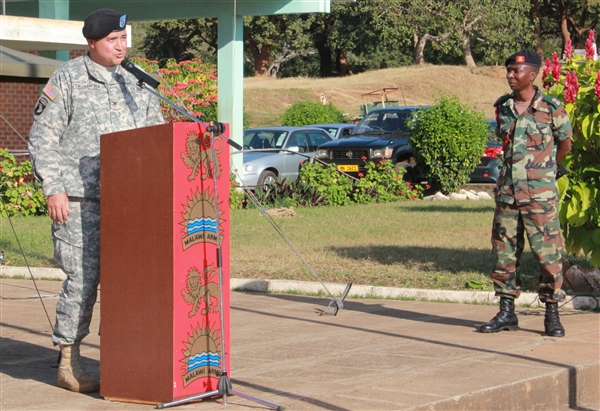FORT RILEY, Kan. — The Army’s newest versions of two vehicles that have kept America’s fighting men and women safe for more than a quarter of a century have arrived in the Flint Hills.
Nearly 200 M1A2 SEP V2 Abrams Tanks and M2A3 Bradley Fighting Vehicles were delivered to the Soldiers of the Big Red One’s 2nd Heavy Brigade Combat Team earlier this month. The new equipment features the Army’s latest round of updates that allow operators better situational awareness and superior optics over previous versions.
“The greatest thing about the new vehicles is that the entire brigade will have the newest equipment the Army has to offer,” said Lt. Col. John Cross, commander, 1st Combined Arms Battalion, 18th Infantry Regiment, 2nd HBCT. “With our new fleet, the ‘Dagger’ Brigade will be equipped to be the most lethal maneuver brigade in the U.S. Army.”
Originally designed to transport infantry troops while providing cover fire to suppress the enemy, the Bradley has evolved to provide infantry squads better situational awareness via a new video monitor in the troop carrying compartment. Additionally, an improved independent thermal viewer has increased the capability of the Bradley crews.
Like the upgrades to the Bradley, the new features on the Abrams include a variety of changes that increase the lethality and protective capabilities of the tank. Lt. Col. Michael Henderson, commander of the 1st Combined Arms Battalion, 63rd Armor Regiment, said the upgrades on the new Abrams make the M1A2 SEP V2 the most impressive tank he has ever seen.
“The M1A2 SEP V2 allows us to identify and destroy enemy targets in excess of 4,000 meters,” he said. “The new (Common Remotely Operated Weapons Station) allows the tank commander to engage targets with a stabilized system without exposing himself to enemy fire, a huge improvement over previous versions where the tank commander had to fire from outside the commander’s hatch.”
Although Henderson praised all the Abrams upgrades, there was one update he was particularly excited about — the fire control system.
“The optics (system) has finally caught up with the ammunition,” he said. “The ammunition has always been able to kill at extended ranges but the previous optics did not allow us in some cases to positively identify targets beyond 3,000 meters.”
Crews from 1st Bn., 63rd Armor Regt. and 1st Bn., 18th Inf. Regt. will begin new equipment training later this month and continue with training focused on an early 2013 rotation to the National Training Center at Fort Irwin, Calif. Cross said his team is excited about the upcoming new equipment training and is looking forward to getting to learn more about their new vehicles.
“The addition of these systems to the ‘Vanguard’ nation and the ‘Dragon’ Battalion will make the Dagger Brigade the most lethal brigade in our Army,” he said.
More M1A2 SEP V2 Abrams Tanks and M2A3 Bradley Fighting Vehicles are scheduled to arrive at Fort Riley later this year to update the 1st Heavy Brigade Combat Team’s fleet.
Source:
U.S. Army

 von
von 
